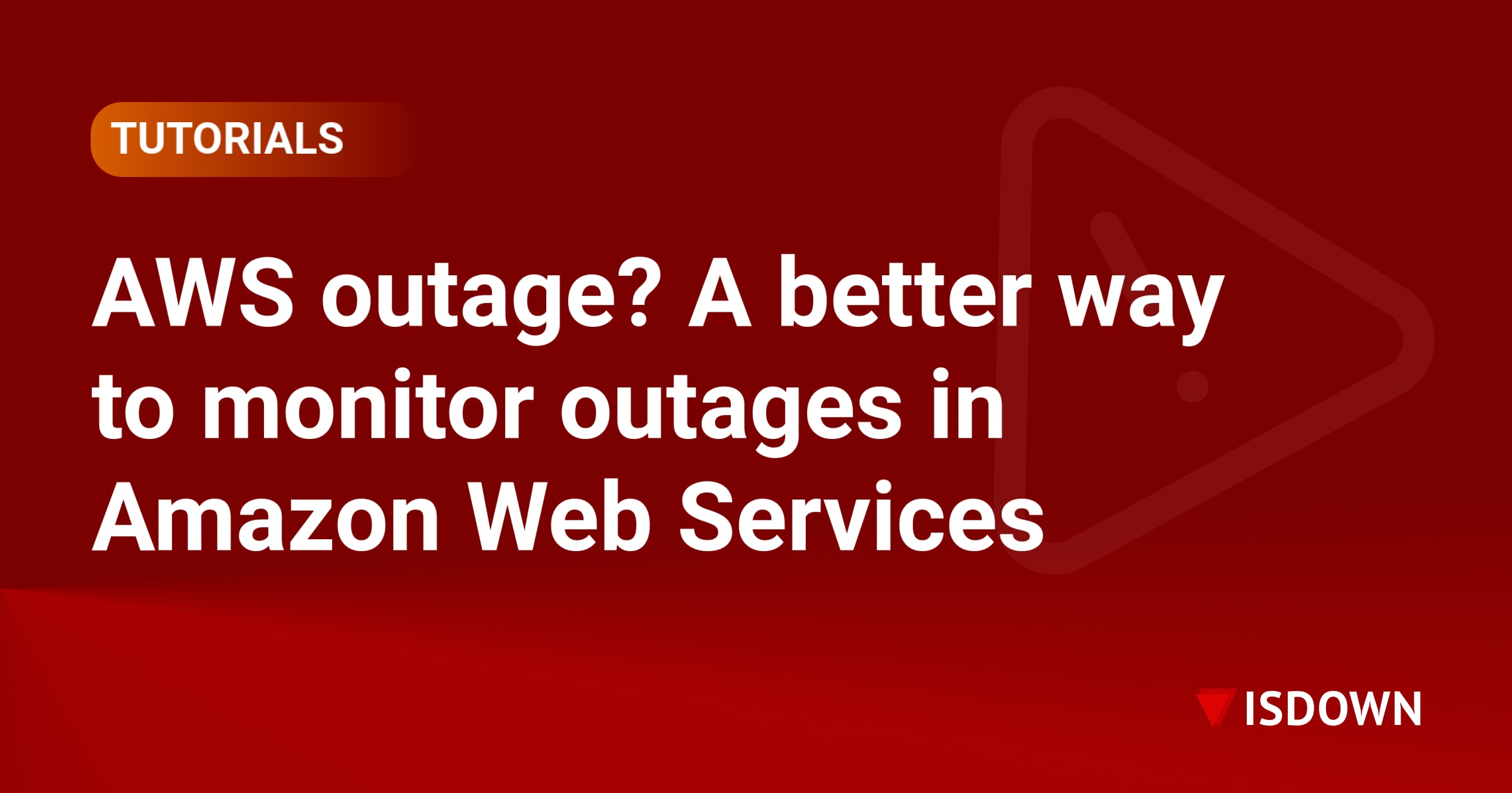Looking for an incident management tool?

These days, IT infrastructures are so complex, and cyber threats are so advanced, that it's not a question of if an incident will happen but when. To effectively respond to these challenges, a reliable incident management tool is an absolute necessity. The right tool can significantly reduce the impact of incidents, minimize downtime, keep your data safe, and protect your business.
In this article, we will cover everything you need to know about incident management tools, including what they are, key features to look for, and some popular options in the market.
What is an incident management tool?
An incident management tool is a specialized software designed to help teams identify, manage, and resolve IT incidents in a timely manner. These incidents can range from simple system outages to complex security breaches, all of which can disrupt normal operations and impact business continuity.
The goal of an incident management tool is to formalize and streamline the workflows following an incident. Here’s an example of how a tool-driven response may look:
- The tool monitors systems and sends automated alerts as soon as an incident is detected.
- The tool categorizes the incident based on severity and impact.
- The incident is automatically assigned to the right team or individual.
- Team members use the tool to communicate, share updates, and track progress in real time.
- The team resolves the issue, and the tool offers them a platform to document the actions and results.
- A post-incident report is generated to analyze root causes and improve future response processes.
On the other hand, without an incident management tool, the process is often chaotic and uncoordinated:
- Someone notices the problem, often through user complaints or manual monitoring.
- Time is wasted figuring out the severity and who should handle the issue.
- The incident is passed around via emails, chats, or calls, leading to delays.
- Updates are scattered across platforms, which causes miscommunication and redundant efforts.
- The team resolves the issue without proper tracking or documentation.
- Key details are forgotten, and there’s no formal process for analyzing what went wrong.
What to look for in an incident management tool?
The market is flooded with incident management tools, but how do you identify the one that best aligns with your business’s needs, and improves operational efficiency? This feature checklist will guide you to the right choice:
Real-time monitoring and alerts
24/7 monitoring and instant incident alerts are of fundamental importance. Moreover, make sure that the alerts and workflows are customizable, so you can tailor them to the specific needs of your infrastructure and teams.
Clear incident tracking and assignment
Look for a tool that allows you to track incidents from start to finish, and assigns them to the right people or teams automatically. Features like priority tagging and escalation rules can enable your team to focus on the most pressing issues first.
Collaboration features
The tool should have built-in options for team collaboration, such as chat, comment threads, or shared dashboards. This prevents confusion and allows everyone to stay on the same page during chaotic times.
Integration with existing tools
Check if the incident management tool integrates seamlessly with your existing systems, such as monitoring software, ticketing platforms, or communication tools.
Post-incident reporting and analytics
A good tool should offer detailed reports and analytics that can help teams understand the root cause of incidents, track trends, and improve future responses. Ease of use The tool should have a simple and intuitive interface. A steep learning curve can slow your team down, especially during emergencies.
Reliable support
Finally, ensure that the tool is backed by a responsive support team and comprehensive documentation. This will help you quickly address any issues with the tool itself.
Popular incident management tools
Next, here’s a quick overview of some popular incident management tools that are worth your consideration:
Incident.io
Incident.io is a widely used incident management software known for its sleek user interface. It integrates seamlessly with several tools, including Asana, GitHub, JIRA, ServiceNow, DataDog, and the Elastic stack. Incident.io is a paid tool, with pricing plans starting from $19/user/month.
PagerDuty
PagerDuty is packed with several incident management features, including real-time alerts, on-call scheduling, escalation policies, and advanced analytics. It integrates with a wide range of monitoring tools and platforms, including AWS, ServiceNow, DataDog, and Zendesk. The tool offers a free package for small teams of no more than 5 users. Paid plans start from $21/user/month.
Opsgenie
Opsgenie is a scalable tool that offers flexible on-call management, customizable alerts, and a centralized dashboard for tracking incidents. It too integrates with a multitude of third-party tools, such as Slack, AWS, DataDog, and JIRA. The tool offers a free package for small teams of no more than 5 users. Paid plans start from $9.45/user/month.
FireHydrant
FireHydrant is designed to help teams manage and automate every part of the incident lifecycle. It includes features like incident command, post-incident reviews, and customizable runbooks for handling recurring issues. The tool comes with native integrations for Slack, Microsoft Teams, JIRA cloud, CircleCI, and more. Pricing starts at $6000/year, and you can also try it out for free before purchasing.
Rootly
Rootly is a Slack-first tool with features like automated workflows, incident timelines, and post-incident reviews. In addition to Slack, it works well with Confluence, Jira, Terraform, GitHub, and more. Rootly pricing starts at $20/user/month, with the option to avail a 14-day free trial.
Level up your incident management with IsDown
For effective management of all incidents, it’s imperative to have the right information at your fingertips. This is where isDown.app can come in handy. It’s an all-in-one outage monitoring platform that gathers real-time status updates from the official status pages of over 3,250 external services and consolidates them into a single, centralized dashboard.
By integrating IsDown with your incident management tools, you can combine information from both your internal systems and external services into one unified platform. This way, your team has a complete view of your entire infrastructure, which reduces the time it takes to pinpoint the root cause of an incident, whether it stems from internal systems or third-party dependencies.
Another standout IsDown feature is that it integrates with your team’s communication/monitoring/incident management tools, including PagerDuty, Rootly, Opsgenie, FireHydrant, Slack, DataDog, Zendesk, and more. This allows you to create a cohesive incident management ecosystem where teams focus on resolving issues instead of wasting time gathering information.
You can sign up for a free IsDown trial here.
Conclusion
A reliable incident management tool is a key part of any strong cybersecurity strategy. To further enhance your incident response capabilities and streamline workflows, consider integrating isDown with your chosen incident management tool.
 Nuno Tomas
Founder of IsDown
Nuno Tomas
Founder of IsDown
The Status Page Aggregator with Early Outage Detection
Unified vendor dashboard
Early Outage Detection
Stop the Support Flood
Related articles
Never again lose time looking in the wrong place
14-day free trial · No credit card required · No code required




